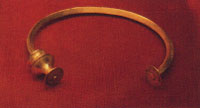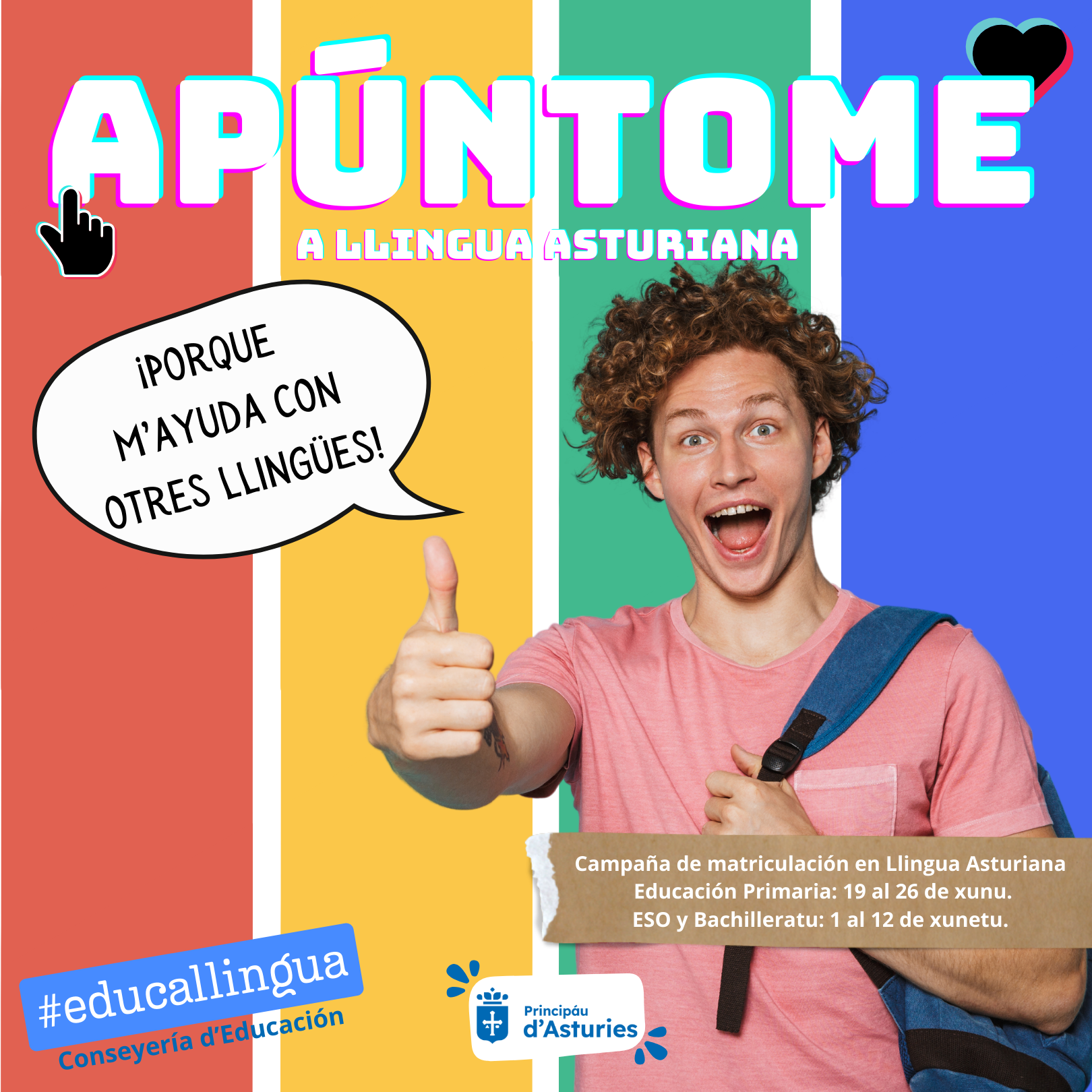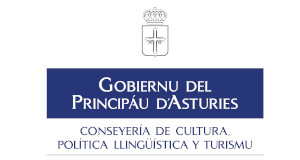Craftsmanship in precious metals and ornamental objects
![]()





In a country with such abundant gold reserves as Asturies, during the Iron Age there must necessarily have been a guild of craftsmen specialising in the transformation and elaboration of this most precious of metals, something which we may appreciate by looking at the remains which have come down to us. The techniques used for these pieces vary from designs stamped upon sheets of gold and founding with wax templates to more sophisticated filigree work.
In Asturies this craftsmanship in precious metals produced three basic types of object: stamped plaques which would be fixed onto another type of material such as leather, and which are variously interpreted as diadems or as plaques to go around the waist; the examples found at Cangues d'Onis, Vegadeo and Mofies (Pilofia, this example being divided up into separate pieces)respectively are particularly fine examples of this type of work. Torques, rigid collar-pieces finished off in double scotia usually belonging to nobility or to great warriors, comprise a second category, and those called after Cangues d'Onis, Llangréu, Valentin de Coaha and Tineu (this last was melted down during the civil war, and is known to us from surviving photographs) stand out as particularly fine examples. Besides these two categories of plaques and torques we must not forget an entire series of products which in themselves constitute a third category: brooches, bracelets, pendants, amulets, discs, pendant earrings, all of which lead us to postulate the existence of a princely elite not hither to included in hypotheses of social classes which we still cannot define. Functional pieces and objects of personal adornment were also made from bronze, especially ornamental pins and clasps for fastening clothing, which may be divided into various types: those which take the form of small towers, those in the form of horses or equestrian motifs, symmetrical designs, annular or ring-shaped pieces, etc, as well as others such as buckles, hooks and eyes, and even some torques









